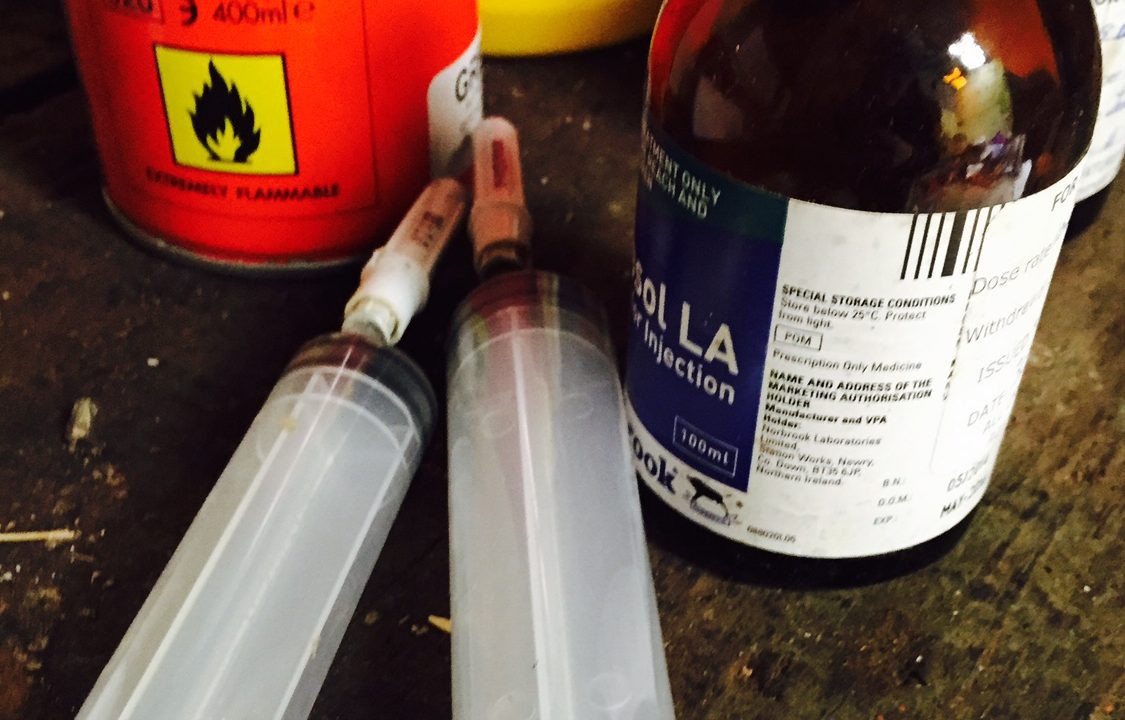European countries continue to reduce the use of antibiotics in animals – with the overall sales of veterinary antibiotics across Europe dropping by more than 32% between 2011 and 2017, according to a new report from the European Medicines Agency (EMA).
In particular, two of the critically important classes of antibiotics for human medicine were used less in animals – sales of polymyxins plummeted by 66% and sales of third- and fourth-generation cephalosporins decreased by more than 20%.
These classes include antibiotics used to treat serious infections in humans caused by bacteria resistant to most treatments.
The findings of the report confirm the downward trend seen over the last few years and show that EU guidance and national campaigns promoting prudent use of antibiotics in animals to fight antimicrobial resistance are having a positive effect, according to the EMA.
The report, part of the European Surveillance of Veterinary Antimicrobial Consumption (ESVAC) project, presents data from 31 countries from the European Economic Area and Switzerland which voluntarily provided information on sales or prescriptions of veterinary antibiotics for 2017.
It was noted that the results show a commitment from European countries to promote responsible use of antibiotics in animals, which ultimately lowers the risk of bacteria in food of animal origin becoming resistant.
The ESVAC report also shows that the situation is not the same across Europe.
While 19 of the 25 countries that provided data for 2011-2017 saw a drop in sales of veterinary antibiotics of more than 5%, three countries recorded an increase of more than 5% in sales during the same period.
The remaining three countries did not register a significant change in sales, according to the study. These included Ireland, which recorded 46.5mg/PCU (population correction unit) in 2011 and 46.6mg/PCU in 2017.
The EMA attributed the reduction in sales as being the result of combined efforts of veterinarians, farmers, other actors in the livestock sector, EU member states, the European Commission and the EMA.
National campaigns for prudent use of antibiotics in animals, sales targets and restriction of use of some antimicrobials in food-producing animals, as well as EU guidance, are among the actions implemented to reduce the sales of veterinary antimicrobials across Europe.
These efforts fall under the umbrella of the EU One Health Action Plan against Antimicrobial Resistance.
Led by the European Commission, the main goal of this plan is to preserve the possibility of effective treatment of infections in humans and animals through a framework for continued, more extensive action to reduce the emergence and spread of antimicrobial resistance.

